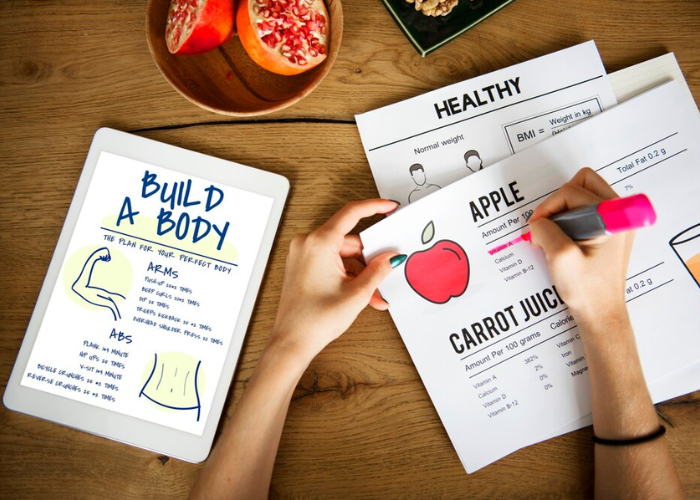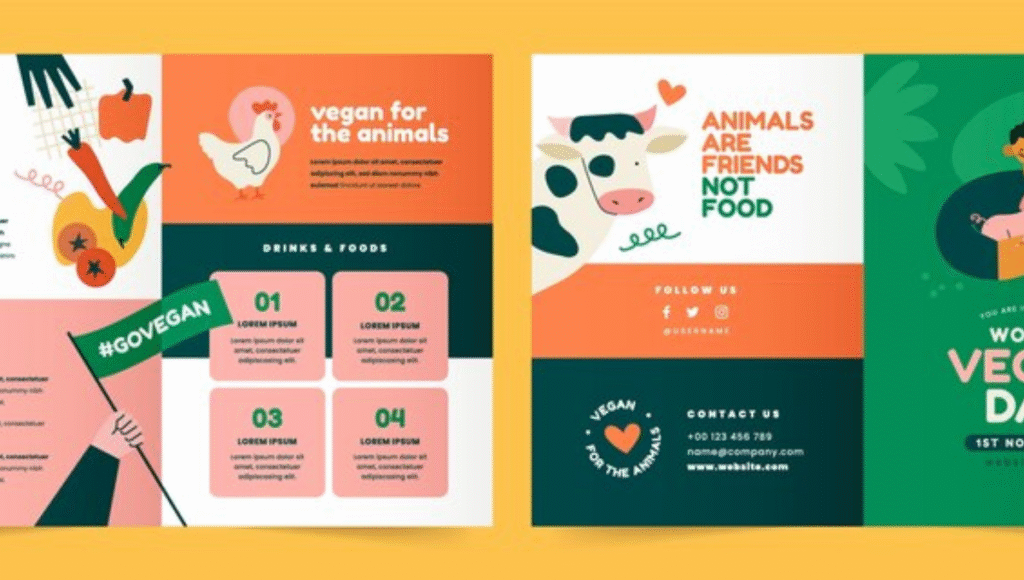
Healthy eating is the cornerstone of a vibrant, energized life. For beginners in the USA looking to improve their nutrition, understanding the basics of healthy eating can feel overwhelming. This guide, inspired by resources like Just a Little Bite and JALBiteHealth, simplifies the process with practical tips, science-backed strategies, and actionable steps to transform your diet. Whether you’re aiming to boost energy, manage weight, or enhance overall wellness, this article offers a clear path to success.
Must Read: What Is Pizmotidxizvou? Ultimate Guide to the Wellness Trend
What Is Healthy Eating?
Healthy eating involves choosing nutrient-dense foods that fuel your body while limiting processed items high in sugar, salt, and unhealthy fats. It’s about balance, variety, and moderation, aligning with guidelines from the USDA’s MyPlate, which emphasizes fruits, vegetables, whole grains, lean proteins, and dairy or dairy alternatives. For beginners, the focus is on building sustainable habits rather than chasing fad diets.

Why It Matters
- Energy and Mood: A 2021 study in The Lancet found that diets rich in whole foods improve mental health and energy levels by up to 20% compared to processed food diets.
- Disease Prevention: The CDC reports that healthy eating reduces the risk of chronic diseases like heart disease (by 30%) and type 2 diabetes (by 25%).
- Weight Management: Balanced diets help maintain a healthy weight, with 60% of Americans citing weight control as a top reason for dietary changes (Gallup, 2023).
Who Is This Guide For?
This article targets USA-based beginners—adults who may feel confused by conflicting nutrition advice or are starting their health journey. It’s ideal for busy professionals, parents, or anyone seeking practical, budget-friendly ways to eat better without drastic lifestyle overhauls.

5 Tips to Start Eating Healthily
- Plan Your Meals
Planning prevents impulsive fast-food choices. Dedicate 30 minutes weekly to map out meals, focusing on MyPlate’s proportions: half your plate fruits and veggies, a quarter protein, and a quarter whole grains.
Example: Prep a Sunday batch of quinoa, grilled chicken, and roasted veggies for quick weekday lunches. - Shop Smart
Stick to the grocery store’s perimeter for fresh produce, lean meats, and dairy. A 2022 USDA study found that Americans who shop with a list spend 15% less on processed foods.
Tip: Buy seasonal produce (e.g., apples in fall) for cost savings and freshness. - Read Labels
Check nutrition labels for added sugars (<10g per serving), sodium (<2300mg daily), and trans fats (0g). The FDA notes that 75% of Americans misinterpret serving sizes, leading to overeating.
Example: Choose whole-grain bread with at least 3g fiber per slice. - Cook at Home
Cooking allows control over ingredients. A 2023 Harvard study showed that home-cooked meals reduce calorie intake by 200-300 daily compared to eating out. Start with simple recipes like stir-fries or sheet-pan dinners.
Tip: Use olive oil instead of butter for heart-healthy fats. - Hydrate Wisely
Water supports digestion and energy. The National Academies recommend 11.5 cups (women) and 15.5 cups (men) daily, including food sources. Swap sugary drinks for water or unsweetened teas to cut 150-200 calories daily.
Example: Infuse water with lemon or cucumber for flavor.
Common Mistakes to Avoid
- Skipping Meals: Leads to overeating later. A 2020 study in Nutrients found skipping breakfast increases snacking by 40%.
- Over-Reliance on Supplements: Whole foods provide nutrients supplements can’t mimic, per the NIH.
- All-or-Nothing Mindset: Perfection isn’t required. Small changes, like swapping soda for sparkling water, add up.
Sample Meal Plan for a Day
- Breakfast: Greek yogurt with berries, chia seeds, and a drizzle of honey (300 calories).
- Lunch: Grilled chicken salad with spinach, tomatoes, avocado, and balsamic vinaigrette (400 calories).
- Snack: Apple slices with 1 tbsp peanut butter (150 calories).
- Dinner: Baked salmon, quinoa, and steamed broccoli (450 calories).
- Total: ~1300-1500 calories, adjustable based on activity level.
Stats to Motivate You
- 80% of Americans don’t meet daily fruit and vegetable recommendations (CDC, 2024).
- Eating 5 servings of fruits and veggies daily can extend life expectancy by 2-4 years (American Journal of Clinical Nutrition, 2021).
- Home cooking saves an average of $1,200 annually compared to frequent dining out (USDA, 2023).
FAQs About Healthy Eating
- What’s the easiest way to start eating healthily?
Begin by adding one serving of fruit or vegetables to each meal and swapping processed snacks for whole foods like nuts or yogurt. - How can I eat healthily on a budget?
Buy in bulk (e.g., rice, beans), choose frozen produce, and limit pre-packaged foods. Planning meals reduces waste and saves money. - Are carbs bad for you?
No, carbs like whole grains, fruits, and veggies provide essential energy. Limit refined carbs (white bread, pastries) to 10-15% of daily intake. - How do I know if I’m eating enough nutrients?
Use apps like MyFitnessPal to track intake or consult a dietitian. Aim for a colorful plate to ensure a variety of vitamins and minerals. - Can I still eat out while eating healthily?
Yes, choose grilled or baked options, request dressings on the side, and prioritize veggie-based sides. Limit fried foods and oversized portions.
Call to Action
Ready to transform your health? Start small: pick one tip from this guide—like meal planning or label reading—and implement it this week. Visit Just a Little Bite or JALBiteHealth for more recipes and inspiration. Share your progress in the comments or consult a nutritionist for personalized advice. Your journey to healthy eating begins now!
